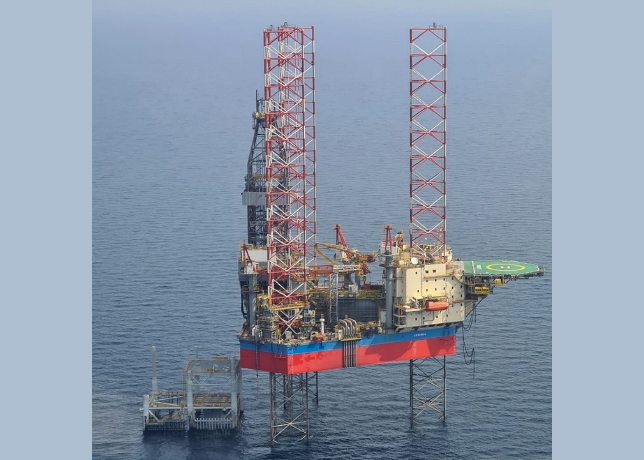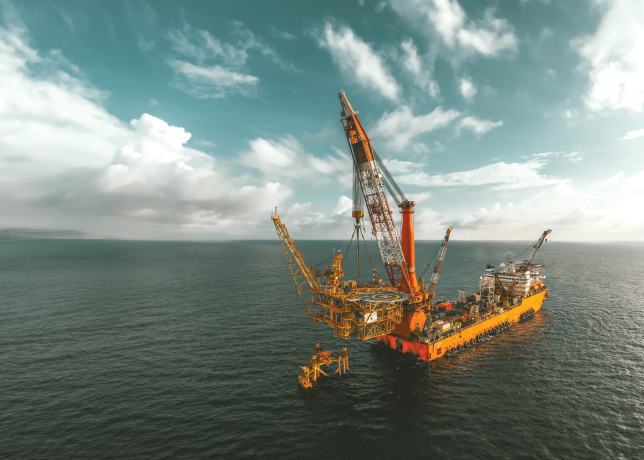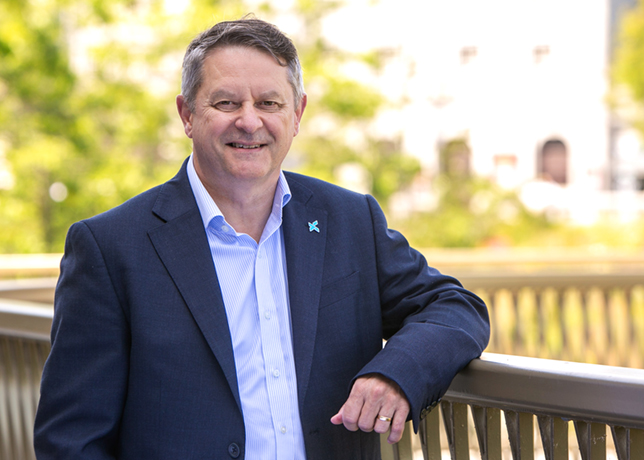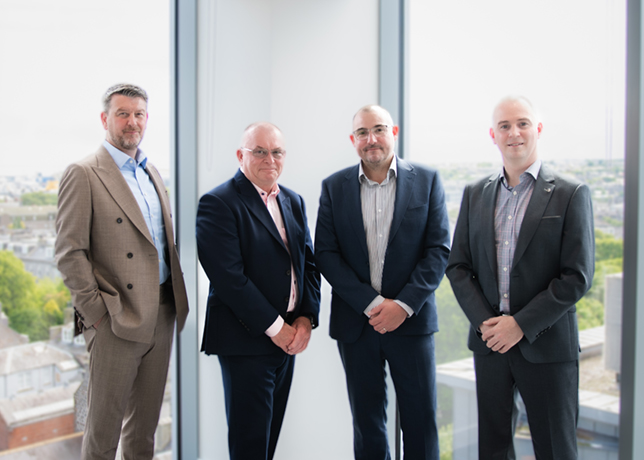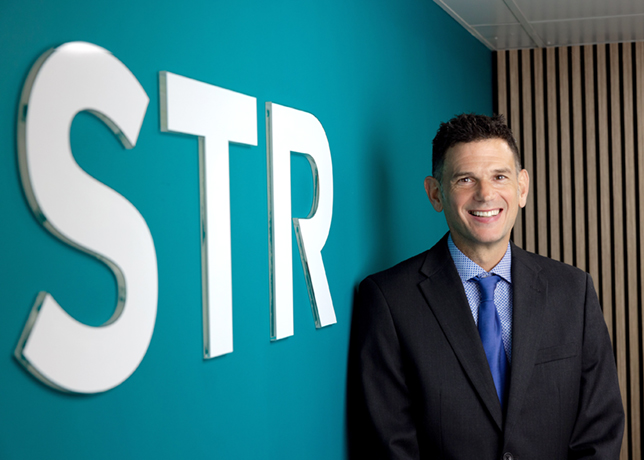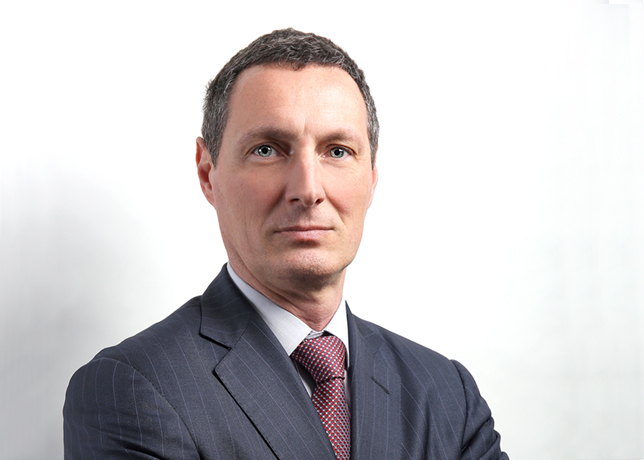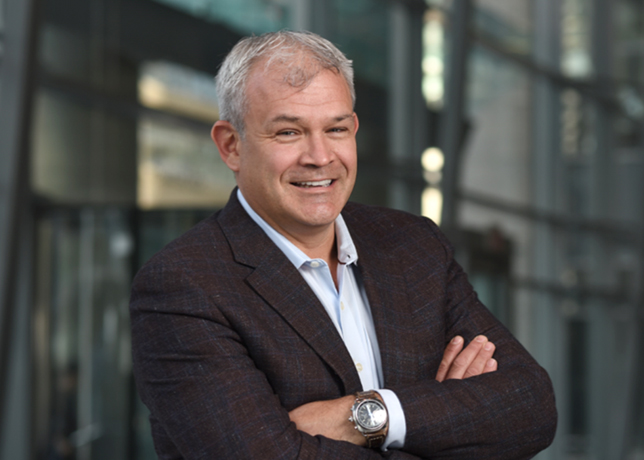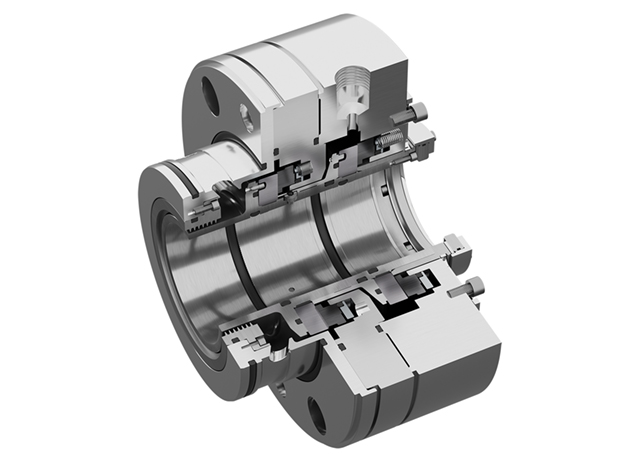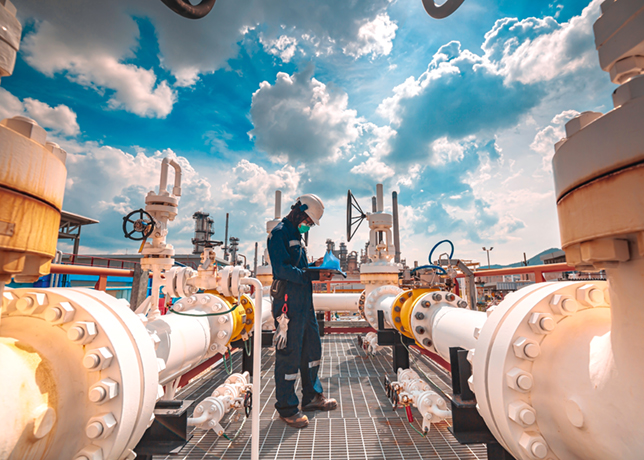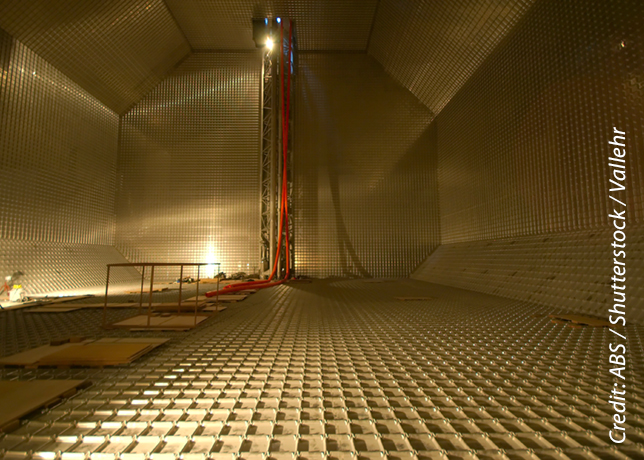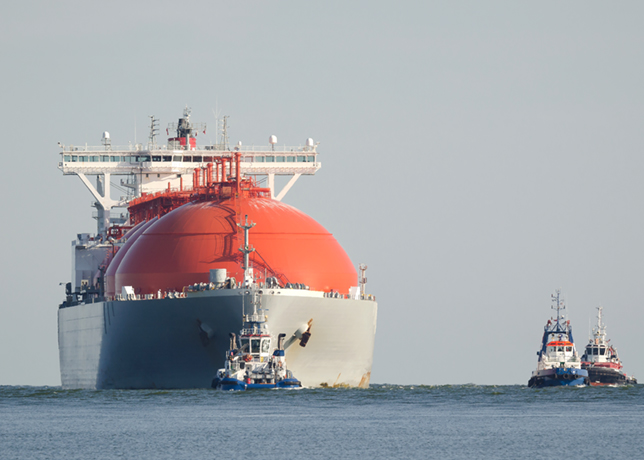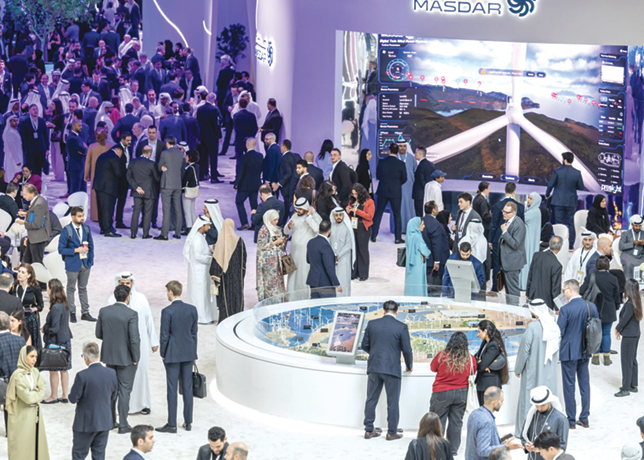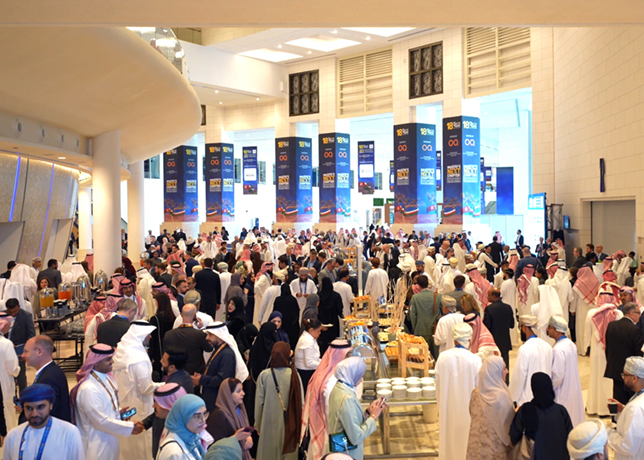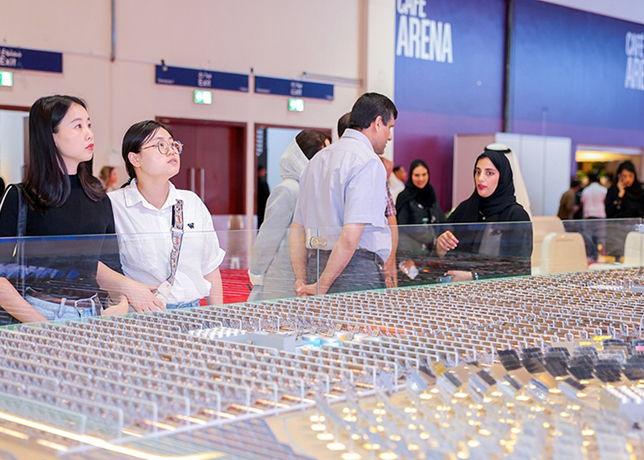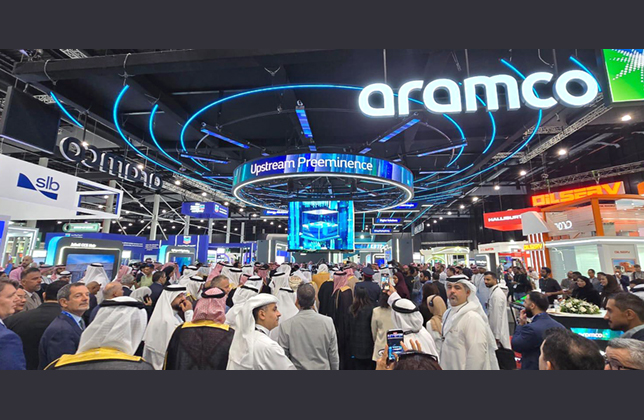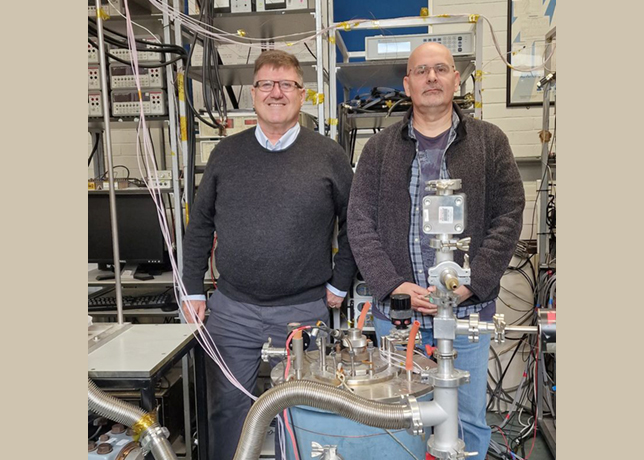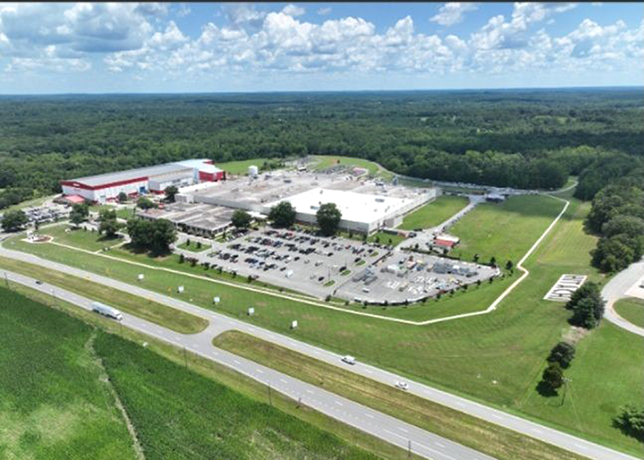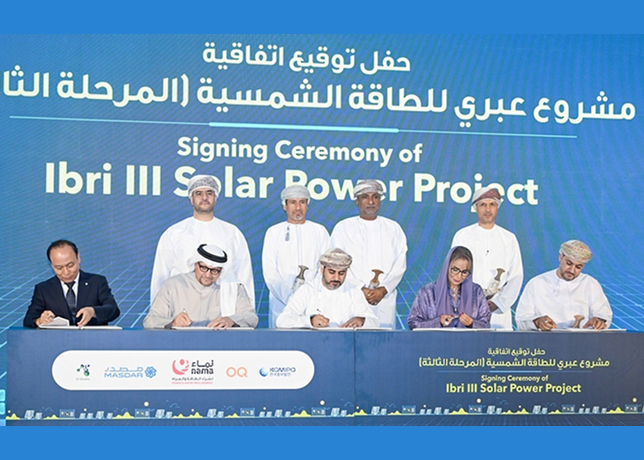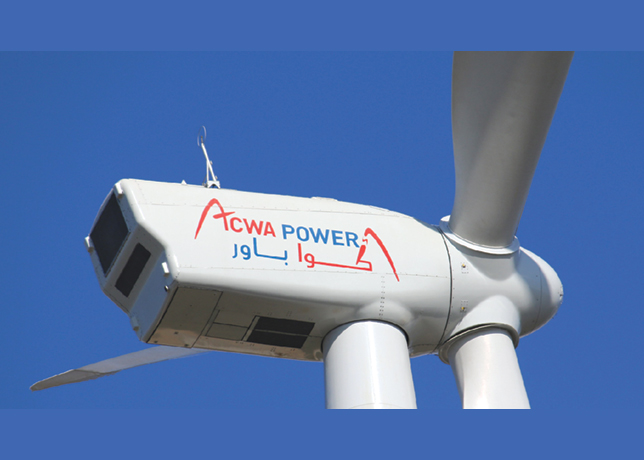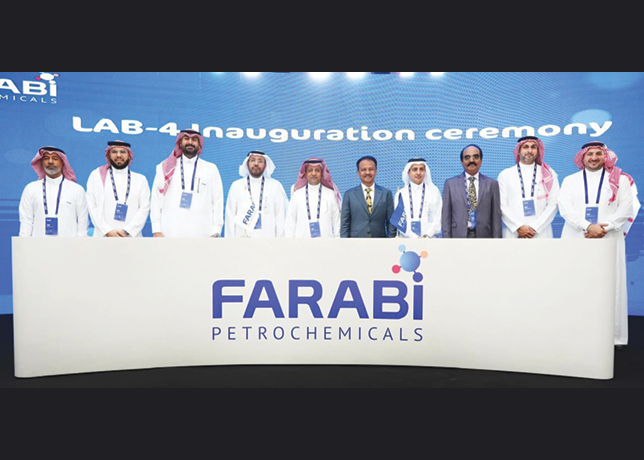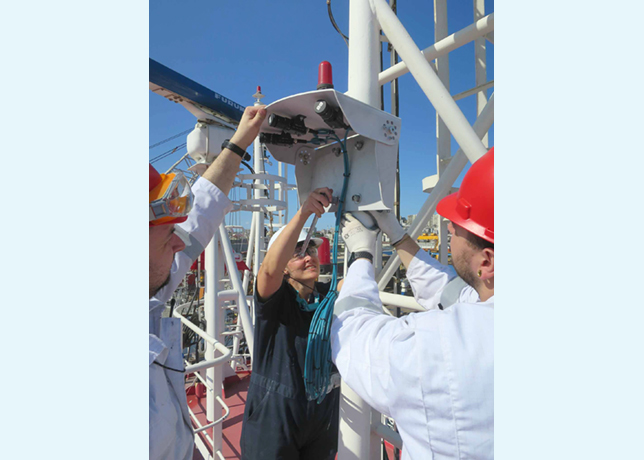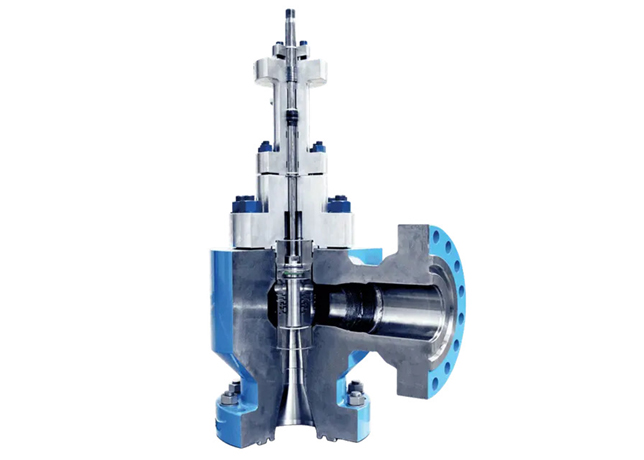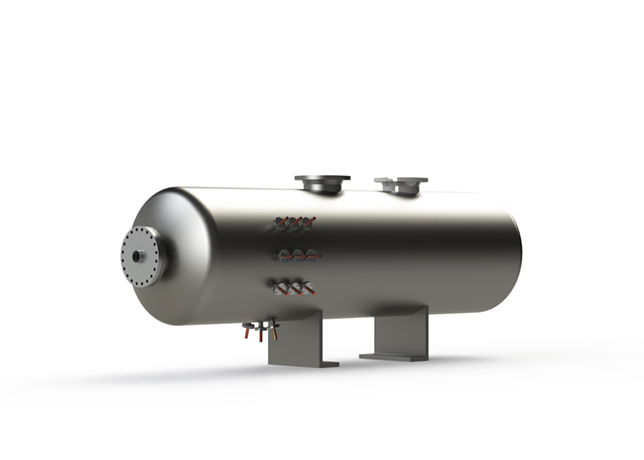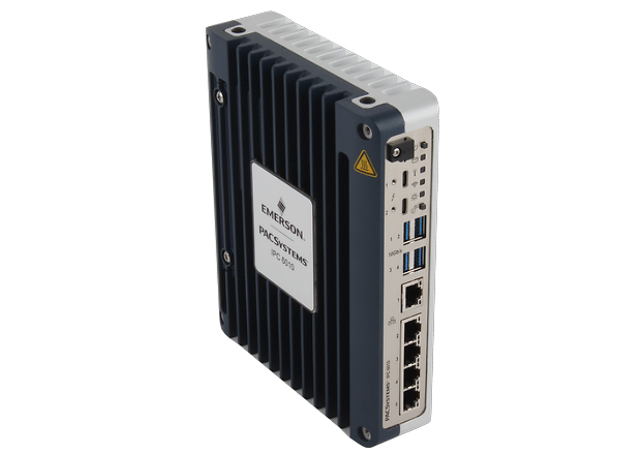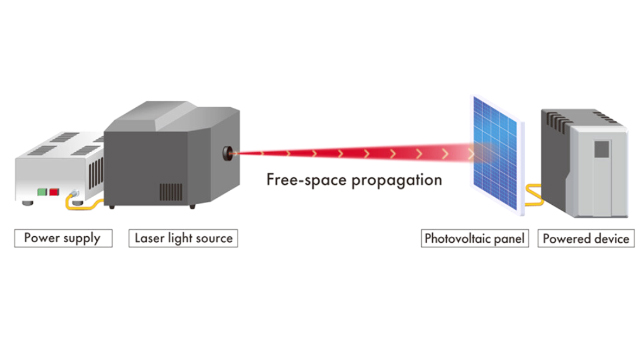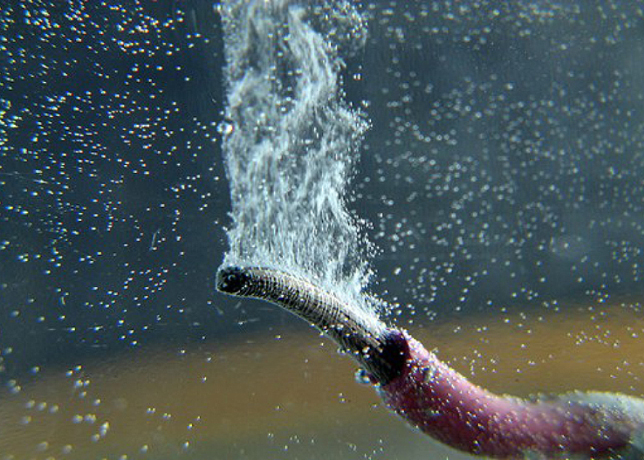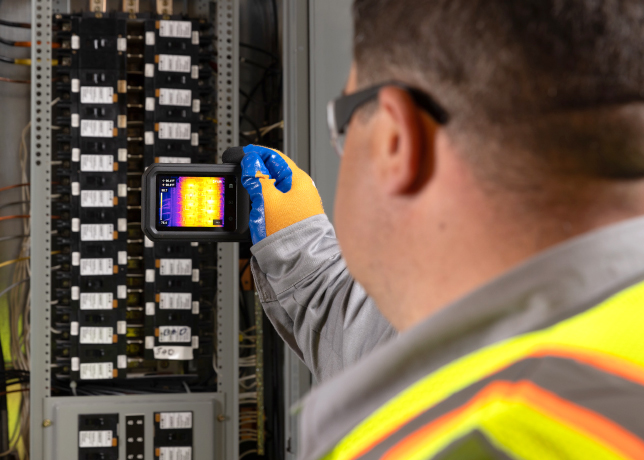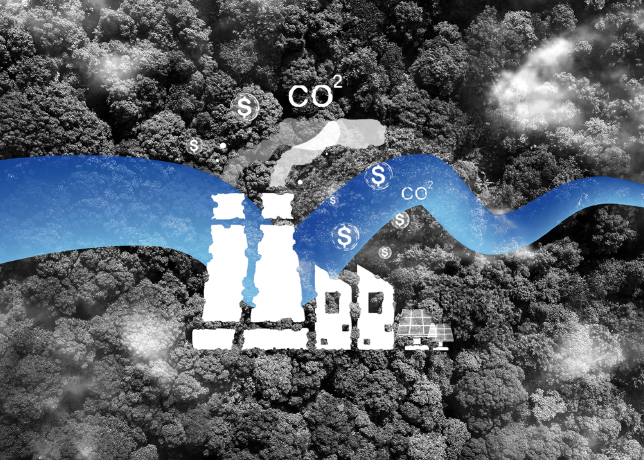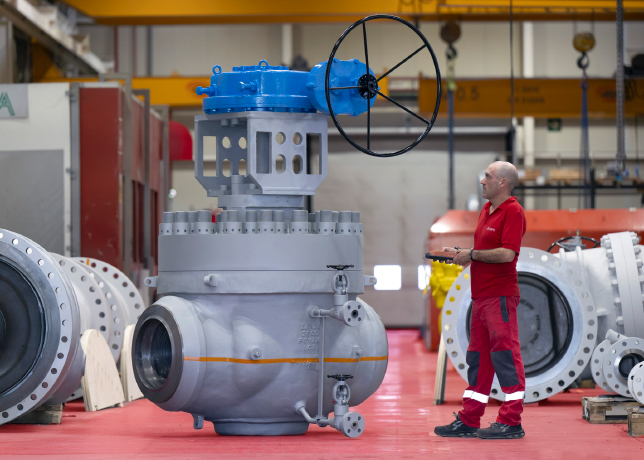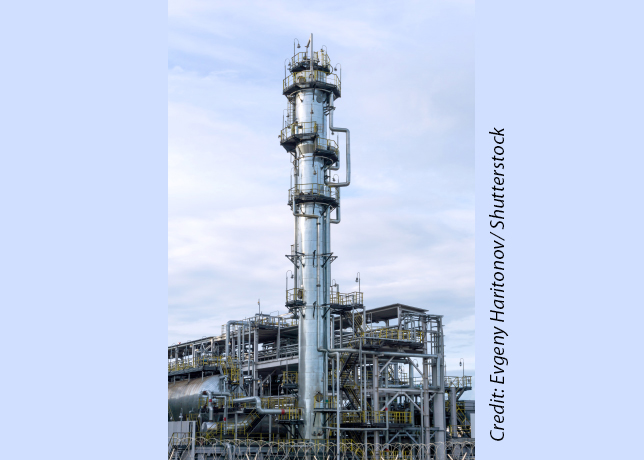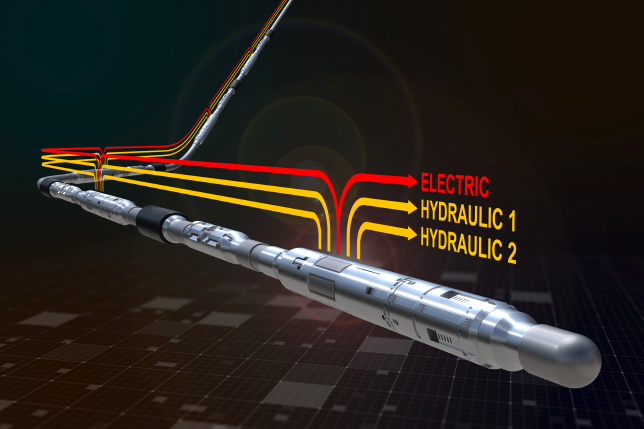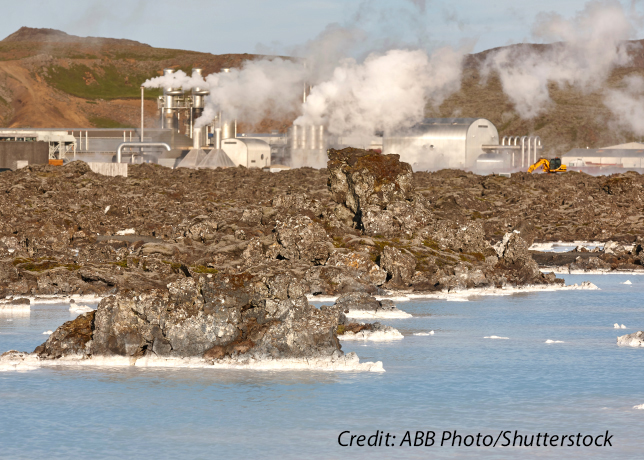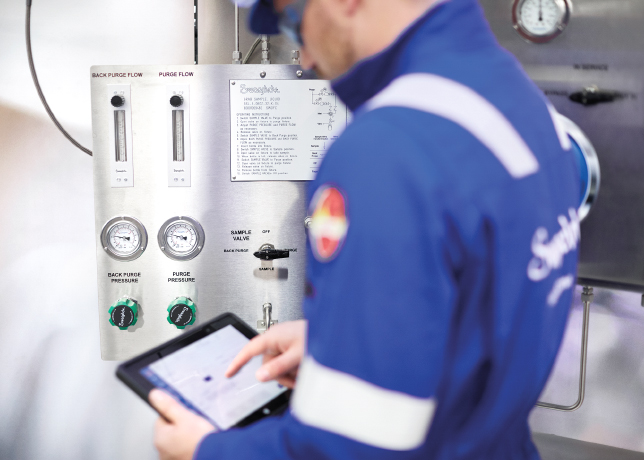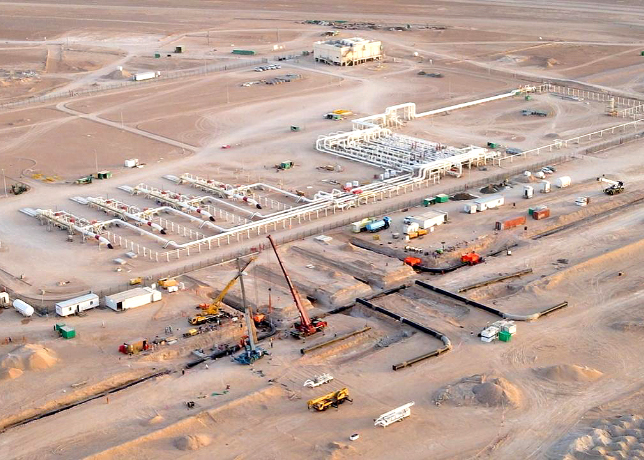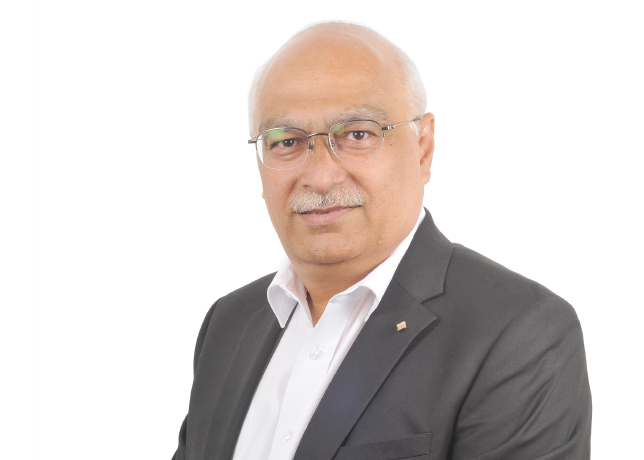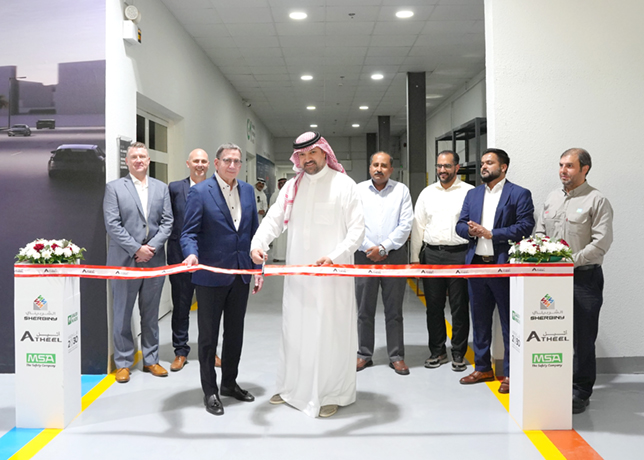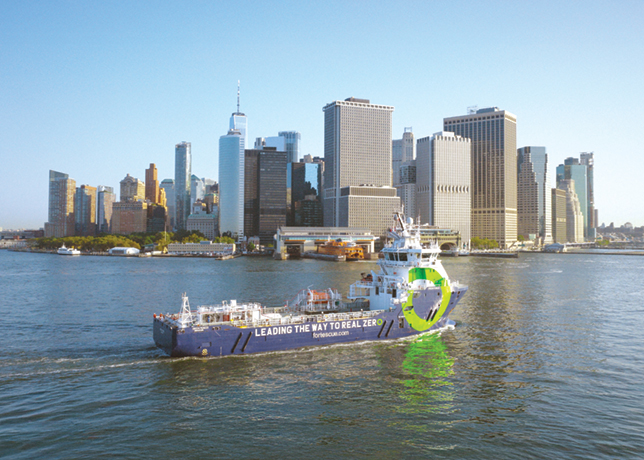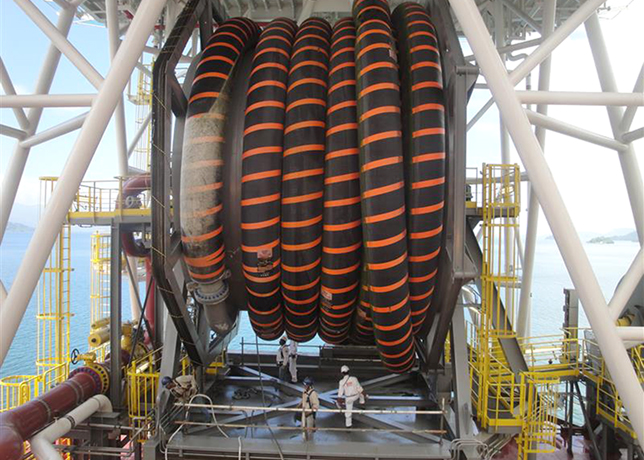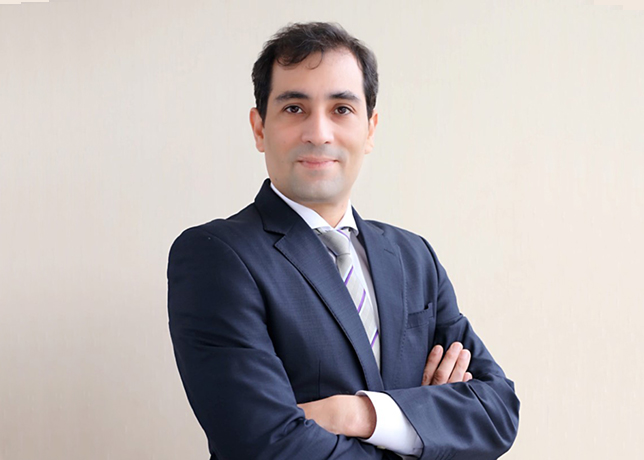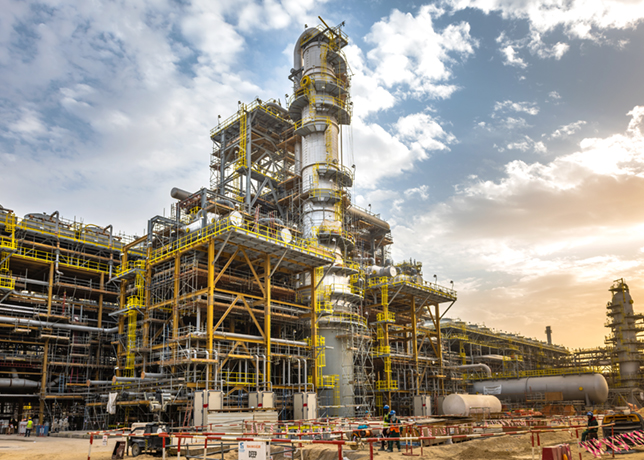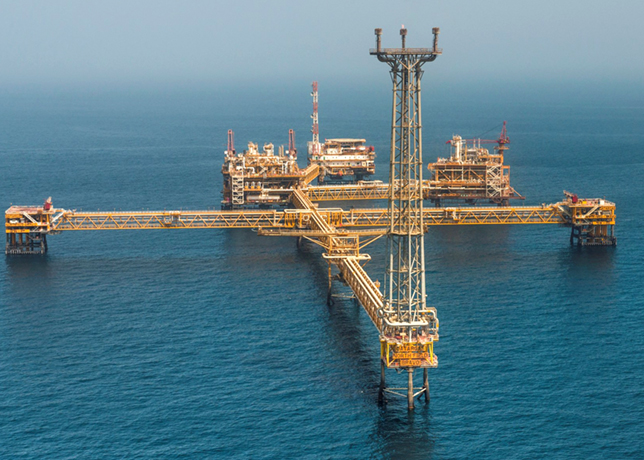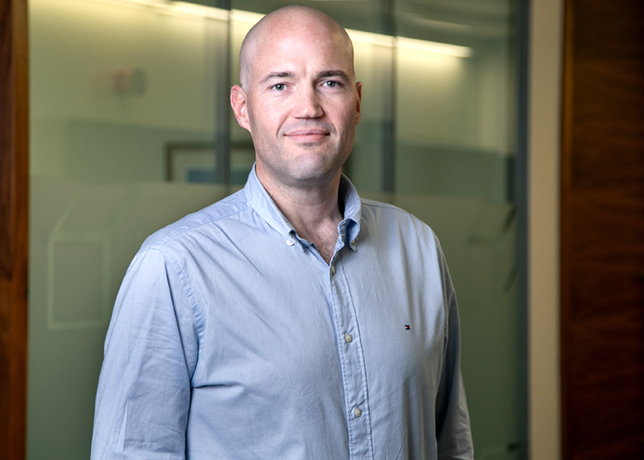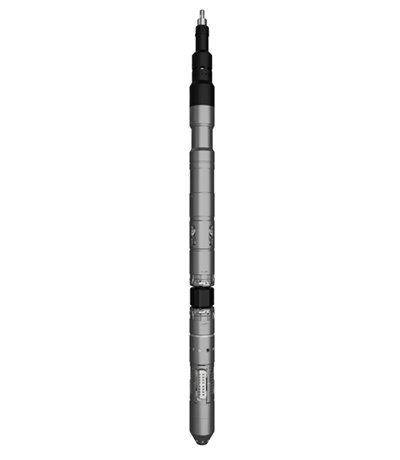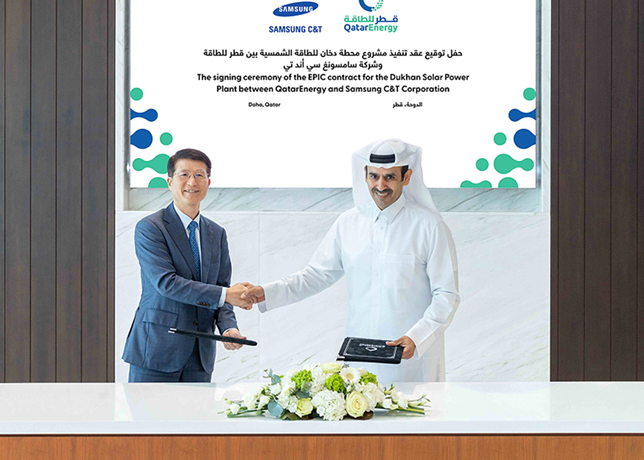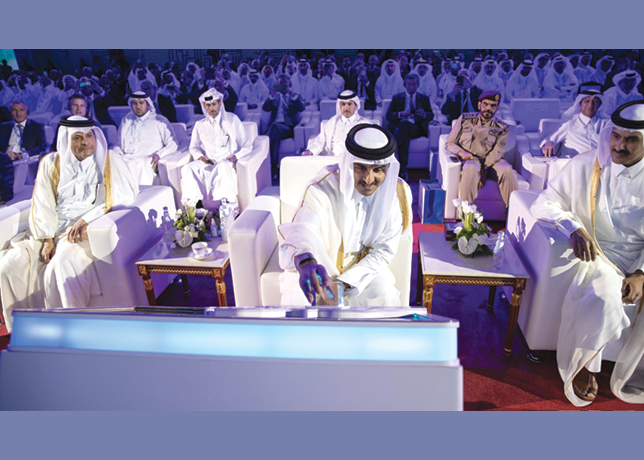

Countries across the world depend on Saudi Aramco to deliver a reliable supply of petroleum, but even though the oil giant has sufficient reserves to produce oil at its current rate for many decades to come, it is constantly seeking to expand its reserves base.
In 2006, Saudi Aramco achieved crude oil reserves replacement of 104 per cent, adding 3.6 billion barrels. In addition, it doubled its target for new non-associated gas reserves, adding 10.4 trillion cu ft, according to its 2206 Annual Review.
“As technology has advanced and the understanding of petroleum geology and reservoir behaviour has increased, projections of both oil in place and proven reserves have grown steadily, whether at the level of individual fields or global reserves,” Saudi Aramco says in its report.
Saudi Aramco has embarked upon an expanded exploration programme, designed to grow proven reserves of oil and natural gas both onshore and offshore. With greater emphasis on increasing production of natural gas to fuel the domestic economy, the major discoveries in 2006 were gas fields. Saudi Aramco plans to drill more than 300 gas development wells and 230 exploration and delineation wells by 2011. In the next 10 years, it hopes to add 50 trillion cu ft (tcf) to its current 248.5 tcf of gas reserves.
In 2006, Saudi Aramco discovered three new gas fields. In addition, it discovered a new reservoir of non-associated gas in the Karan oil field, which was discovered in 1967.
“Karan is now our largest offshore gas field. The Midrikah gas field, discovered in 2005, was completed in February 2006, flowing 30 million cubic feet per day of gas with 900 bpd of condensate,” the report states.
Meanwhile, in the Rub Al Khali, or Empty Quarter, Saudi Aramco’s four upstream gas joint ventures — South Rub Al Khali Company, Luksar Energy, Sino Saudi Gas and EniRepSa Gas — reached a number of milestones. All four companies met their seismic commitment programmes for the first exploration period, and at least three were considering additional seismic acquisition above their minimum commitment. At 2006 year-end, all had drilling rigs in the field. Preliminary drilling results have been encouraging. In support of the ongoing activities, two of the companies have set up seismic processing centres in the kingdom. The expanded exploration activities requires massive investments in seismic acquisition and processing, and in reservoir characterisation, the report says.
Upsteram gas joint ventures
3-D SURVEY
In March, Saudi Aramco completed a two-year 3-D seismic survey of the Qatif field. The project covered about 1,692 sq km of land, marine and transitional zone, which included towns, farms and the Ras Tanura Refinery and Terminal.
The project to acquire and process 3-D seismic data for the Khurais oilfield that began in December 2004 was completed in September 2006. This was one of its largest integrated programmes, covering more than 7,000 sq km and 2.8 million recording profiles. The final image volume covers the Khurais field and the neighbouring Abu Jifan field.
Saudi Aramco geoscientists have developed a series of innovative technologies to estimate and subsequently remove unwanted multiple reflections from seismic data, which mask primary events indicative of oil and gas reservoirs.
“These technologies have considerably reduced the risk associated with wildcat and developmental drilling and are expected to play a key role in processing seismic data from the Red Sea. We are also conducting extensive integrated geological and simulation studies to optimise the new increments in Khurais, AFK (Abu Hadriyah, Fadhili and Khursaniyah), Manifa, Shaybah and Nuayyim,” the report states.
It continues: “The petroleum industry is witnessing tremendous advances in a wide range of technologies, including the massive computing power that supports numerous upstream applications. For example, the computing capacity at Saudi Aramco’s Exploration and Petroleum Engineering Center (Expec) has reached 34 teraflops, or 34 trillion floating point operations per second. This represents a 300-fold increase in computing capacity since 1999, and indicates the exponential rate of development of upstream technology as a whole.
“The seismic processing environment in our Expec Computer Center (ECC) continues to grow. In 2006, we completed the largest disk installation and seismic data migration in the centre’s history. A total of 650 terabytes of new storage was installed for conventional seismic processing. Additional computer capacity was achieved through new and faster high-performance computing clusters based on commodity PC hardware. The new seismic processing environment has increased computing capacity by 47 per cent and storage by 46 per cent.
“Our expanding computing capacity is helping us keep ahead of the curve in the crucial search for and characterisation of new reserves.
“Our own Powers simulator employs refined multimillion cell models to optimise development of multilateral maximum reservoir contact (MRC) wells, equipped with “intelligent well” completions. Powerful parallel processors enable us to reduce computational time from a few days to a few hours.
“The ECC designed and opened the Event Solution Center, a state-of-the-art approach to reservoir studies wherein the collective skills of multi-disciplinary experts are focused on detailed uncertainty analyses and risk assessment processes.
“This approach, which compresses major decision cycles, reduces uncertainty and provides a wider range of alternatives, has yielded success in the Safaniyah and Manifa fields and is being applied in North Uthmaniyah. Completion time for studies has been reduced from one to two years to one to three months.
“Given the scope of our operations, it is no surprise that we have more than 4 million engineering drawings representing the logical and physical design of our facilities. Engineers use these drawings in performing daily operations at the plants, and quick access to accurate drawings is especially critical in responding to emergencies.
“We have embarked on a corporate-wide effort to implement “intelligent engineering drawings,” transforming our file-based graphical data into information stored in databases. This approach was adopted during the detailed design work on the AFK project, and will be deployed on the Khurais programme and the expansion projects at Shaybah and Hawiyah and Yanbu gas plants.”
Saudi Aramco operates in very remote areas in the kingdom, and some of these remote operations are mobile, such as for exploration, drilling and marine activities. The communication needs for these activities can be met only with specialised satellite systems known as VSATs (very small aperture terminals). The company has used this technology since 2001, but as its drilling schedule has accelerated, the need for greater high-capacity communications links has grown.
To meet this need, Saudi Aramco has tripled the amount of bandwidth it leases, raising the total from 72 to 216 megahertz. The new VSAT system provides robust communications to 300 remote sites and allows higher transmission speeds in support of powerful computing applications such as real-time well log data and remote monitoring of seismic activities. In addition to efforts to leverage technology above ground, Saudi Aramco is also utilising technologies below ground as it seeks to maximise ultimate recovery from its fields.
Facts & Figures
ADVANCED TECHNOLOGY
Saudi Aramco is widely recognised as an industry leader in using advanced technology throughout its upstream operations. Today, intelligent well technology, geosteering, MRC wells and the revolutionary i-Field or “intelligent field” concept are routinely applied in its new crude oil developments.
A key indicator of the role improved technology can play in maximising production is that, for the seventh straight year, Saudi Aramco lowered the aggregate water-cut in its producing fields to an overall average of less than 25 per cent.
Recent advances in drilling technology are helping Saudi Aramco meet its commitment to increased production —faster, better and at lower cost. For example, modification of the 18-5/8-inch casing point has enabled it to drill a smaller 16-inch hole section in certain reservoirs with a better rate of penetration. Net savings are 15 days of rig time.
BATCH DRILLING
Saudi Aramco expanded the use of batch drilling to areas of higher geological uncertainty. Batch drilling involves drilling in succession the same hole section in each well on a given platform, rather than drilling each well individually. Once the same section is drilled in every well on the platform, then the next section is drilled on each well in succession. As each section is drilled, the rig crew learns the characteristics of that section from the first well and applies this knowledge when drilling the same section on subsequent wells.
Batch drilling allows the rig to use the same mud system, bit sizes, drilling tools and casing size for all the wells at one time. This improves drilling efficiency, equipment handling and logistics, saving time and money on expensive offshore drilling operations. Two platforms were batch drilled in the Marjan and Safaniyah offshore fields, with a savings of 36 and 28 days, respectively, per platform. Batch drilling eight platforms in these same areas will result in an estimated savings of $51 million.
Saudi Aramco improved the placement of horizontal and multilateral wells in difficult geologic environments through geosteering, using the latest technologies in directional drilling such as logging-while-drilling (LWD). Prudent application of this technology is increasing the net footage of wells placed in the reservoir and improving productivity and sweep efficiency. Company geologists and engineers based in its Geosteering Operations Center (GOC) remotely guide drilling activities in real time around the clock to optimise well placement.
“We successfully geosteered a water injector well in the South Dome of the Qatif field. The well was drilled to a depth of 82,910 m and is considered the longest single horizontal well we have ever drilled. Additionally, 3,200 m of slanted horizontal section were drilled — a company record for the longest single horizontal section,” the report says.
Recent improvements in logging technology enhanced Saudi Aramco’s ability to monitor changes in reservoir saturation. A new generation of slim resistivity logging tools can be run through small tubulars and cased wells. In addition, new nuclear magnetic resonance (NMR) tools and applications improved its ability to monitor oil saturation in carbonate reservoirs.
Saudi Aramco completed a pilot study to investigate the feasibility of using micropaleontology as a tool for biosteering coiled-tube wells. In this process, during drilling, it analyses sub-surface samples for micro-fossils to identify stratigraphic layers in the reservoir. Micropaleontological biosteering are being applied this year for horizontal development wells where drilling techniques prevent use of conventional geosteering.
“Older fields pose unique challenges — and also offer ample opportunities,” the report states. “A wide range of techniques now help us prolong production and increase recovery from such fields. All appropriate technologies are being brought to bear, such as production equalising, and expandable tubular and sand-screen technologies to prolong well life, enhance well productivity, optimise drilling and completion, and ensure large-scale and cost-effective deployment.”
Source: 2006 Annual Review



